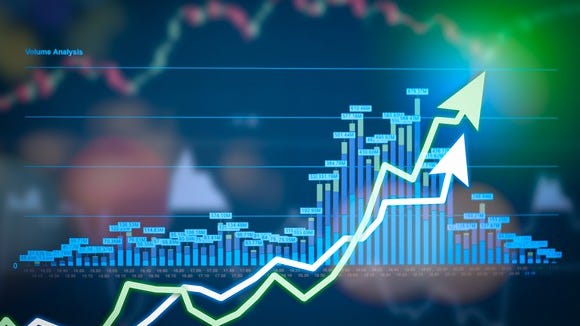The NYSE and NASDAQ: How They Work
When someone talks about the stock market as a place to buy and sell stocks, the commonplace they think of is the New York Stock Exchange (NYSE) or NASDAQ. The reason is indisputable: These two exchanges make up the majority of stock market transactions in North America and around the world foreign exchange market today. At the same time, the NYSE and the Nasdaq differ in how they operate and the types of stocks they trade. Knowing these differences can help you better understand how an exchange works and the mechanics behind buying and selling stocks.
Location, Location, Location
The location of the exchange is not as tied to your street as where your shares are traded. While the NYSE still maintains a physical trading floor on Wall Street in New York, a significant number of transactions go through its data center in Mahwah, NJ. NASDAQ, on the other hand, does not have a physical trading floor. In both data centers, exchanges take place directly between investors looking to buy or sell and market makers (whose role we will discuss below in the next section) through a sophisticated system of electronically linked companies.
Dealer vs. Auction Market
Market maker vs Designated Market Maker
Both Nasdaq and the NYSE use market makers to improve liquidity and maintain a fair and orderly market. However, there are differences in how each function works. On the Nasdaq, market makers hold shares to buy and sell from their own accounts when trading with individual clients and other traders. Market makers issue bilateral quotes, i. H. They indicate the bid and ask prices of a security for which they form a market. More than 260 market-making companies provide liquidity to stocks listed on the Nasdaq. This competition helps buyers and sellers get the best prices.1 At the NYSE, the task of maintaining the market is the responsibility of Designated Market Makers (DMMs), formerly known as specialist's best broker in India for forex. DMMs have more features than traditional market makers. The DMM is the human point of contact for the company listed on the New York Stock Exchange. DMMs provide stability by taking the other side of the trade when imbalances occur, buying when investors sell, and vice versa. They manage the opening and closing auctions and use human data and algorithms to determine prices when the volume is typically highest. According to the NYSE, DMMs provided 17% of liquidity on NYSE exchanges in 2019.
Perception and Cost of NYSE and NASDAQ
Public Vs Private
The Nasdaq and the NYSE were private companies until their shares went public in 2002 and 2006, respectively78. The Nasdaq was founded in 1971 as a wholly-owned subsidiary of the Financial Industry Regulatory Authority (FINRA), then known as the National Association of Securities Dealers (NASD). In 2000, NASD began a restructuring process and sold shares of the electronic exchange to its members. These shares were listed on the OTC bulletin board under the symbol NDAQ in 2002. On February 9, 2005, Nasdaq began trading on the NASDAQ stock market following the second offering of shares. The NASD was completely separated from the Nasdaq in 2006. The following year, Nasdaq became fully operational as an independent and registered national stock exchange.79 Meanwhile, the regulatory functions of the NASD and the NYSE regulation became FINRA with the neurosis. May 1792 to forge the agreement known as Calle Algrünter. The Buttonwood Agreement was signed, according to the tree under the pact. At first, there were only five titles. The first company to go public on the New York Stock Exchange was the Bank of New York.
The Bottom Line
While the NYSE and the Nasdaq are the largest stock exchanges in the world, these exchanges are by no means the same. While their differences may not affect your stock selection, understanding how these exchanges work will give you insight into how trades are run and how a market works.



0 Comments
Post a Comment